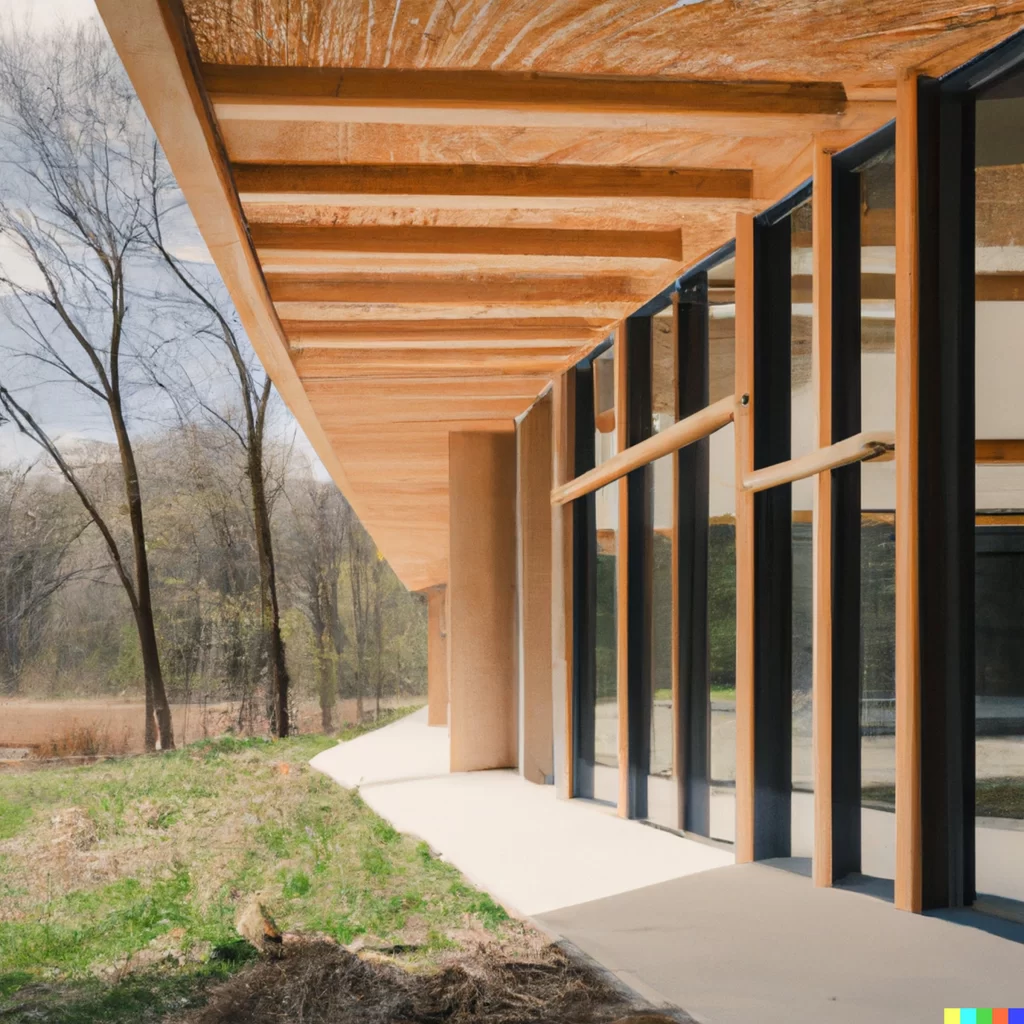The use of locally sourced materials in the Architecture, Engineering and Construction (AEC) industry is a crucial step towards creating sustainable solutions. The use of such materials not only reduces the carbon footprint of a building, but it also contributes to the local economy and promotes community growth. The following are some of the benefits of using locally sourced materials in the AEC industry.

- Reduces Carbon Footprint: One of the biggest benefits of using locally sourced materials is that it helps reduce the carbon footprint of a building. When materials are sourced from far away, they have to be transported over long distances, which contributes to greenhouse gas emissions. By using locally sourced materials, the carbon footprint is reduced as the transportation distance is minimized. This, in turn, helps reduce the impact of building construction on the environment.
- Supports Local Economy: The use of locally sourced materials supports the local economy. When a construction project uses materials sourced from within the community, it provides an economic boost to the local suppliers, manufacturers, and distributors. This helps to create jobs and stimulate the local economy, which can have a positive impact on the community.
- Increases Quality Control: Using locally sourced materials also increases the quality control of the building materials used. Local suppliers and manufacturers are more likely to have a better understanding of the materials they are producing, as they are sourced from within the same geographical area. This means that the quality of the materials is more likely to be consistent and of higher quality than if they were sourced from a distant location.
- Promotes Community Growth: The use of locally sourced materials in construction projects promotes community growth. When a construction project sources materials from within the community, it shows the community that the project is committed to supporting the local economy and promoting sustainable solutions. This helps to build a stronger sense of community and can contribute to the overall development of the area.
- Improves Availability of Materials: Using locally sourced materials also improves the availability of materials. When materials are sourced from within the community, it eliminates the need for long lead times for materials to be delivered from a distant location. This can help to ensure that the construction project is completed on time, reducing the risk of delays and added costs.
- Enhances Design: Using locally sourced materials can also enhance the design of a building. Local suppliers and manufacturers often have a better understanding of the materials they produce and can provide input on how they can be used in a construction project. This can help to improve the design and functionality of the building, and can result in a more sustainable solution.
- Supports Local Culture: Using locally sourced materials in construction projects also supports local culture. When materials are sourced from within the community, they often reflect the cultural heritage and traditions of the area. This can help to create a unique and authentic design that reflects the local culture and contributes to the overall aesthetic of the building.

In conclusion, using locally sourced materials in the AEC industry has numerous benefits, including reducing the carbon footprint, supporting the local economy, increasing quality control, promoting community growth, improving availability of materials, enhancing design, and supporting local culture. By implementing these sustainable solutions, the AEC industry can help to create more environmentally and economically responsible buildings that benefit both the environment and the community.














